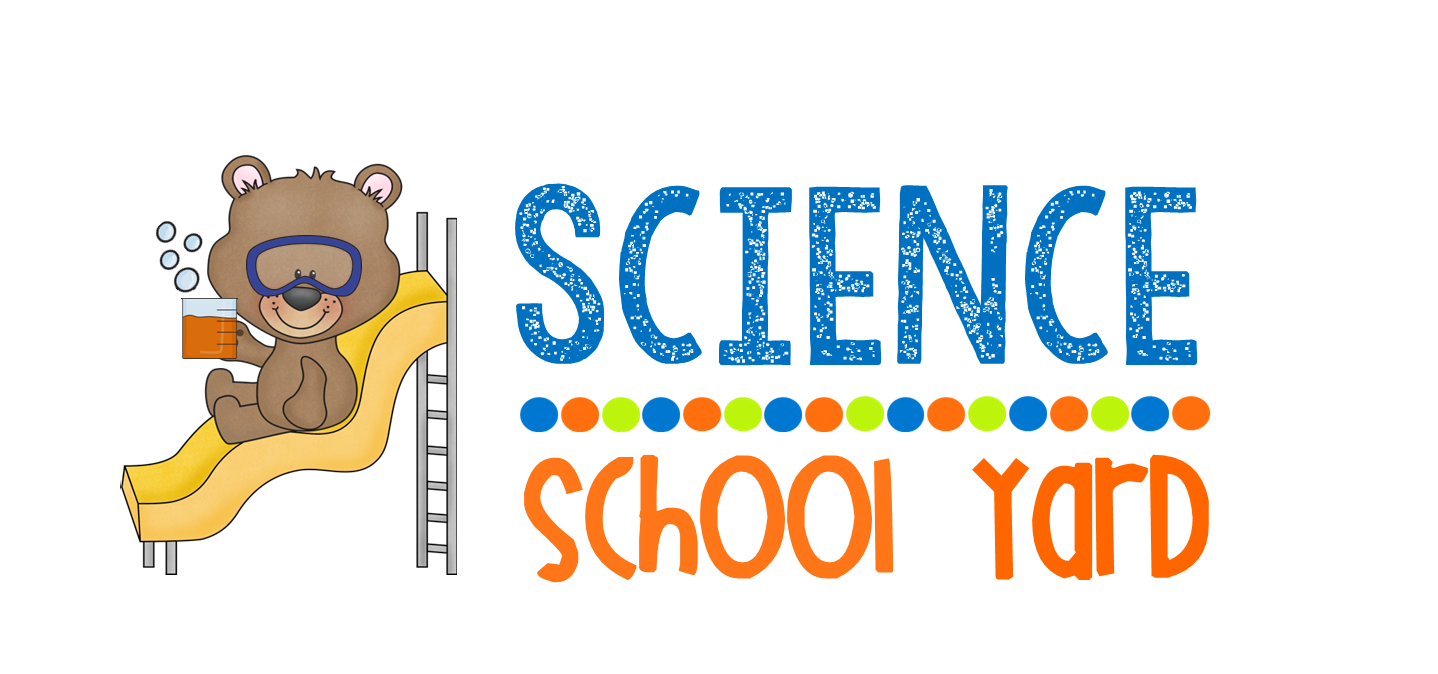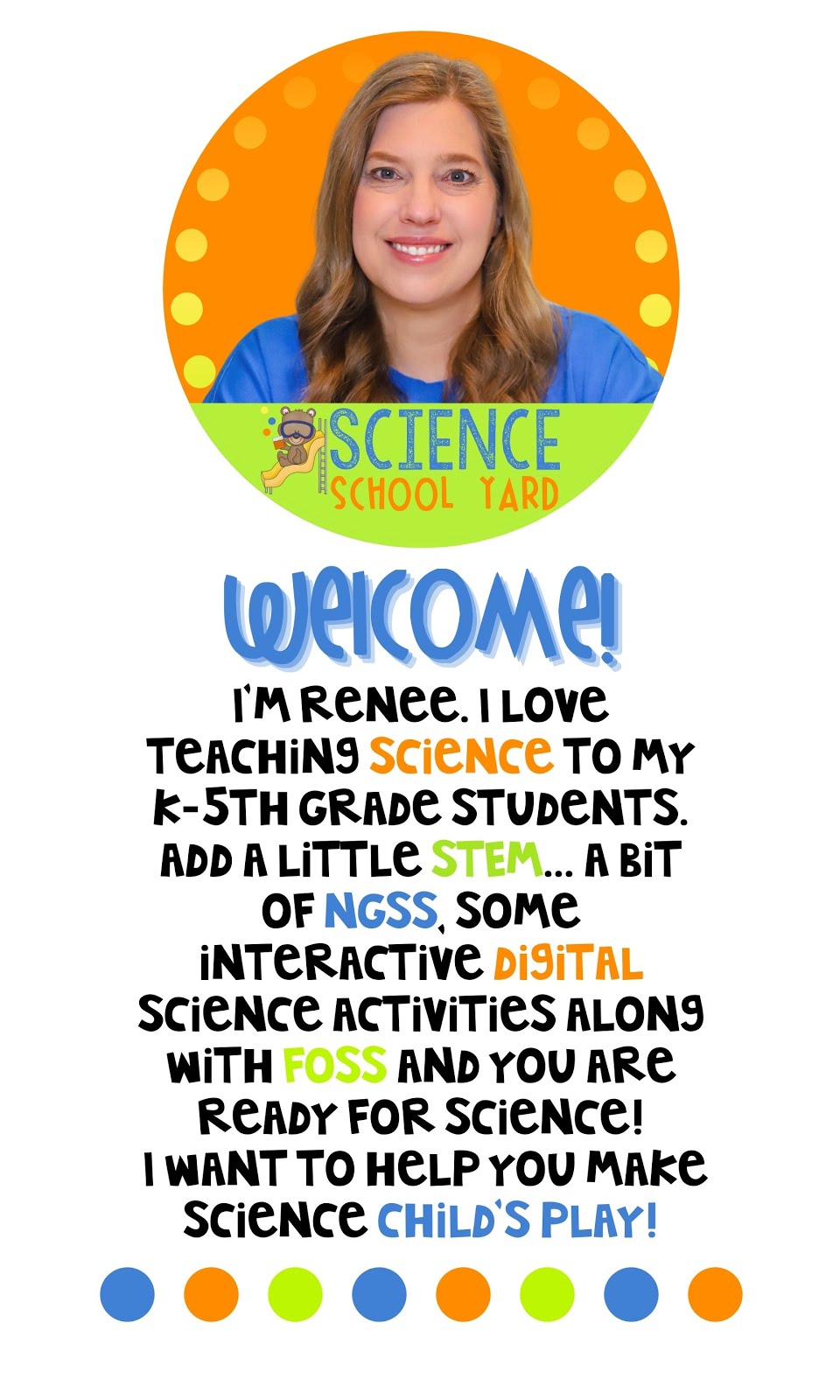As you add ways to find time for science make the most of a fun day such as Ground Hogs day to do that! Here are some ideas to help...
Grab Some FUN and Perfect Theme Based Books and Videos
Don't have a copy? Use Youtube! I always like to see my options for books on Youtube!
Use NGSS or Standards to Guide You!
The Next Generation Science Standards for Kindergarten have a specific standard for Weather and Climate.
Here are the guidelines:
1. Make observations to determine the effect of sunlight on Earth's surface
2. Use tools and materials to design and build a structure that will reduce the warming effect of sunlight on an area.
3. Use and share observations of local weather conditions to describe patterns over time.
4. Ask questions to obtain information about the purpose of weather forecasting to prepare for, and respond to severe weather.
What can you do now to utilize standards that are out there?
 1. Learn about animals that hibernate such as groundhogs. When the sunlight doesn't hit the surface of the Earth in winter like it does in summer in some habitats then animals must hibernate, migrate, or adapt. As early as kindergarten, they can learn about the tilt of the Earth.
1. Learn about animals that hibernate such as groundhogs. When the sunlight doesn't hit the surface of the Earth in winter like it does in summer in some habitats then animals must hibernate, migrate, or adapt. As early as kindergarten, they can learn about the tilt of the Earth.
2. Use tools to design a burrow, cave, den...for an animal that hibernates. Instead of just thinking about the warming effects, which is a great tie in to the standard, how do all animals adapt to heat or cold...a change in temperature? This is also a great time to talk to students about how they adapt to the cold or heat.
Make visors to shield eyes from the sun and make mitten patterns to show what we might need in the cold. Connect how animals do the same by adding blubber or fat...or shedding their coat.
3. Use the local weather map to track the temperature and weather patterns in your town. Make and use a simple calendar pattern to show patterns over time or a change in weather. Discuss what animals might be doing or what they should wear.
4. Discuss natural hazards in your area that can occur and what might occur in other parts of the country or world. Why is it important to look at the forecast. Use your calendar to add what might be in the forecast and what would they do it that were to happen. (Snow days due to blizzards, tornadoes that can come during certain times of the year, hurricanes and how we prepare...)
5. Teaching the concept of living and non-living can fit in this time of year as well. Finding ways to add science concepts can be as easy as showing them pictures from a book, magazine, or with objects found around your home or classroom.
5. Teaching the concept of living and non-living can fit in this time of year as well. Finding ways to add science concepts can be as easy as showing them pictures from a book, magazine, or with objects found around your home or classroom.
Utilize Science Lessons That Are Simple With Few Supplies and High Impact
 Shadows and shadow puppets require very little to teach about the groundhog and a science concept. Grab a flashlight, some popsicle sticks (or rulers if you want to reuse or don't have the funds/supplies), and some paper.
Shadows and shadow puppets require very little to teach about the groundhog and a science concept. Grab a flashlight, some popsicle sticks (or rulers if you want to reuse or don't have the funds/supplies), and some paper.
Learn about how shadows are made by teaching the concepts of transparent, translucent, and opaque. Then figure out what type of materials: plastic baggies, wax paper, aluminum foil, black and white paper, lamination film, plastic glasses in all different shades from clear, to cloudy, to colored...all will work. Have them use flashlights or mini lights in the room to test out the different materials.
Use your smartboard for them to create shadow puppets (my students do this all the time stand up or put their hand up to see their image...go with it and teach a science concept)
Make sun dials. I went to our lunchroom and got some cans that were going to be recycled. I filled them with some sand and put a dowel in the center. Presto...a sundial!
Find Resources To Help You
Don't have time to look around for some lessons on ground hogs or even a quick activity to add...don't worry you can grab my resource! It is filled with STEM, science, language arts, and math activities for your primary students!
Find Resources To Help You
Don't have time to look around for some lessons on ground hogs or even a quick activity to add...don't worry you can grab my resource! It is filled with STEM, science, language arts, and math activities for your primary students!
Teaching science concepts can be easy with a little help from the Science School Yard!









































